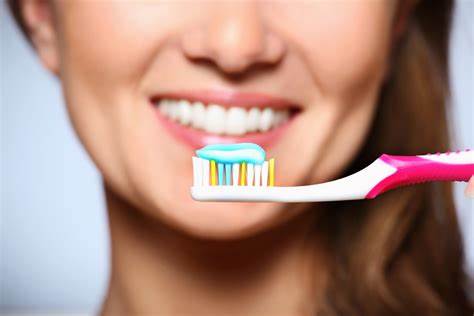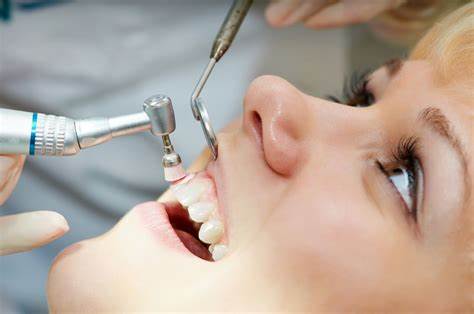How to brush your teeth and choose a toothbrush

The American Dental Association recommends brushing your teeth twice a day and brushing your teeth with fluoride toothpaste for two minutes. Brushing for two minutes has been shown to significantly remove plaque clinically. Fluoride-containing toothpastes increase fluoride levels in biofilm fluids and saliva and are associated with reduced risk of caries and tooth remineralization.
There are many ways to brush your teeth, and any method has its advantages depending on the specific needs of the patient. In general, the American Dental Association recommends that people place the toothbrush at a 45-degree angle with the gums, remove the plaque from above and below the edge of the gum, and gently move the toothbrush back and forth. To clean the inner surface of the front teeth, they should tilt the brush vertically and move it up and down several times.
Manual toothbrush
The ada seal category on ada.org provides a list of manual toothbrushes that currently have an ada acceptance stamp. The acceptance seal indicates that the toothbrush is safe and effective in removing plaque and reducing gingivitis. In addition, the ANSI/ADA standard is used to test the safety of manual toothbrushes.
If the toothbrush is significantly different from the previously accepted toothbrush, the committee may request a clinical study to demonstrate that the average adult can use the toothbrush without supervision to significantly reduce mild gum disease and plaque within 30 days.
Electric toothbrush
Both manual and electric toothbrushes are effective in removing plaque. Although electric toothbrushes are more expensive than most manual toothbrushes, some prefer electric toothbrushes. People with dexterous problems, such as the elderly, disabled, children, or people with toothbrushes, such as braces, may find electric toothbrushes easier to use.
The ada seal classification section on ada.org provides a list of electric toothbrushes that currently have an ada acceptance stamp. The acceptance seal indicates that the toothbrush is safe and effective in removing plaque and reducing gingivitis. In addition, the ANSI/ADA standard is used to test the safety of electric toothbrushes.
There are a variety of power toothbrushes that can use different types of head movements (eg, lateral, reverse vibration, rotational vibration, circular, ultrasonic).
YOU MAY ALSO LIKE







